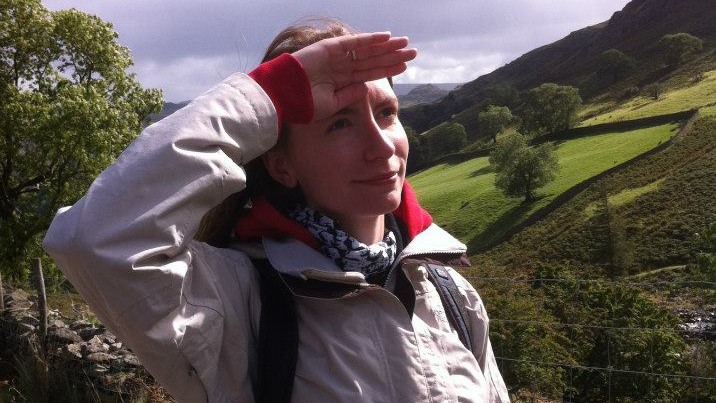
A man at Yellowstone National Park has given a textbook demonstration of how not to use a telephoto camera lens around wildlife. Rather than staying well back and using a tripod to get a clear picture of an elk engaging in natural behavior, he approached within 5ft of a huge male in the middle of a road, and walked around snapping photos of its flanks and rump.
Although elk are naturally wary of humans and prefer to avoid contact, they are wild animals and can become aggressive if they feel threatened. Males (known as bulls) are particularly unpredictable during the rut, which takes place in late summer and early fall, when they compete for the right to mate.
The National Park Service (NPS) advises staying at least 25 yards (23 meters) away from elk and bison at all times, and watching out for changes in behavior that suggest they are disturbed by your presence.
A video of the encounter was posted online by wildlife photographer Kristy and shared via Instagram account TouronsOfYellowstone, which calls out bad behavior at US National Parks. Other recent incidents have included a man ripping off his shirt and chasing a wolf, and a woman trying to pet a bison until Park Rangers intervened.
A post shared by TouronsOfYellowstone (@touronsofyellowstone)
A photo posted by on
Emma Jacobs, professional wildlife photographer and panel judge for the RSPCA Young Photographer Awards , explains that patience and preparation are essential for good nature shots.
"Take time to watch the animals in their environment as quietly as you can," she told us in a recent interview. "What are they doing? What is around them? What is their character like? All these things can give you ideas for photos and help you tell a story."
It's important to respect the animal in its environment, and take your time so it can continue its natural behavior.
All the latest inspiration, tips and guides to help you plan your next Advnture!
“Move slowly and quietly, even after you've taken the photo so you don't disturb the animal," Jacobs says. "Keep in mind that you have no control over wildlife, but that's what makes your subject so interesting! If it flies or crawls away, look for another – you will be rewarded in the end! All you can do is put yourself in the right place and be patient."
For more advice, see the full list of six wildlife photography tips from a pro, and if you're planning a trip to Yellowstone during the next few months, take a look at our guide how to enjoy elk rutting season safely.
- The best binoculars: enjoy watching wildlife from a safe distance

Cat is the editor of Advnture, She’s been a journalist for 15 years, and was fitness and wellbeing editor on TechRadar before joining the Advnture team in 2022. She’s a UK Athletics qualified run leader, and in her spare time enjoys nothing more than lacing up her shoes and hitting the roads and trails (the muddier, the better), usually wearing at least two sports watches.
